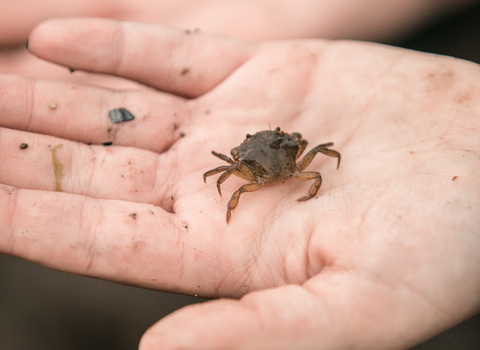A landmark report published today, Thursday 19 September, by a coalition of nature charities provides the first estimate of the carbon stored in seabed habitats across the English Channel and Western Approaches.
The report is part of The Blue Carbon Mapping Project, completed by the Scottish Association for Marine Science (SAMS) on behalf of WWF-UK, The Wildlife Trusts and the RSPB. The series of reports mean the UK is the first nation to map and estimate the amount of carbon stored in its seabed habitats, including within Marine Protected Areas (MPAs).
The report reveals that 36.4 million tonnes of organic carbon* are stored in just the top 10cm of seabed sediments – principally made of mud – in the English Channel and Western Approaches Region.
The English Channel and Western Approaches covers 111,469 square kilometres. This vast area is host to habitats that capture and store carbon, known as ‘blue carbon’. They include seabed sediments (made of mud, silt and sand), vegetated habitats (seagrass meadows, saltmarshes, kelp forests and intertidal seaweeds), maerl beds and biogenic reefs, such as mussel beds and honeycomb worm reefs.
Carbon is primarily absorbed by phytoplankton, which drift to the bottom of the sea when they die and are added to seabed sediment. The research analysed the storage capacity of just the top 10cm of sediment. Some sediments are hundreds of metres thick and contain millennia’s worth of carbon, so the total carbon stored will be far greater.


